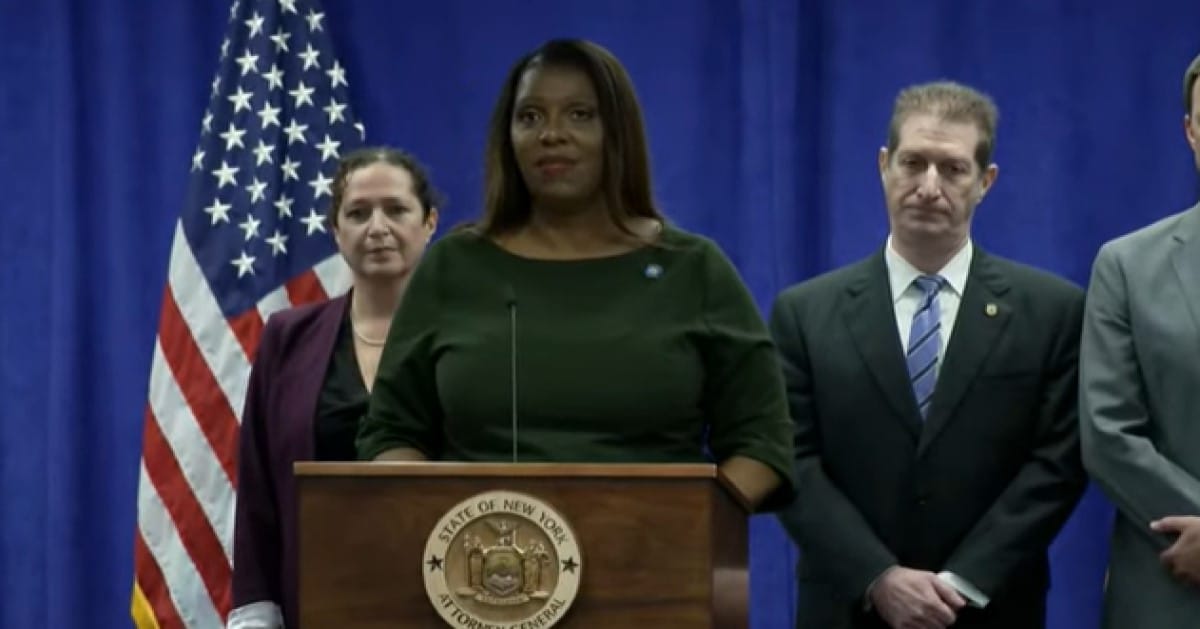


In a significant ruling, the U.S. Supreme Court decided not to intervene in a dispute over Washington state's legislative district boundaries, upholding a decision expected to favor Democrats. This move leaves in place a court's decision that redraws several legislative districts following a lawsuit alleging voting rights violations.
The Epoch Times reported that the case at the center of this controversy involved an emergency request stemming from a voting rights lawsuit in Washington state. The Supreme Court rejected this request, which concerned the redrawn boundaries of several legislative districts. The court's decision was delivered in a succinct, one-sentence order late on April 2, indicating a unanimous stance among the justices with none dissenting.
Justice Elena Kagan played a pivotal role in this process, receiving the application for a stay which she subsequently referred to the full court for consideration. The application was part of a broader legal battle involving voters Jose Trevino and Susan Soto Palmer, focusing on the legislative configuration of District 15 (LD 15) in central Washington—a district traditionally under Republican representation.
At the heart of this legal challenge was the accusation that the state's redistricting commission's map had violated the Voting Rights Act (VRA) by diluting the voting power of Latino voters. This claim led to the map's invalidation by lower courts, spotlighting the tensions between ensuring fair representation and accusations of partisan gerrymandering.
The drama unfolded further when U.S. District Judge Robert Lasnik approved a new electoral map. His decision came after a detailed review of the situation in the Yakima Valley and Pasco areas, concluding that the previous map disadvantaged Latino voters, thereby contravening Section 2 of the VRA. This section explicitly prohibits voting discrimination based on race, color, or language minority status.
This wasn't the first time the Supreme Court faced a decision on Section 2 of the VRA. It previously denied a request to weaken this provision in a separate case involving Alabama's electoral map, indicating a consistent approach to upholding the act's integrity.
Central to Judge Lasnik's ruling was the finding that the boundaries of LD 15, in conjunction with local conditions, impaired Latino voters' ability to elect candidates of their choosing. This assessment led to the creation of a new map, aimed at rectifying the identified disparities and ensuring a more equitable voting landscape.
However, the changes introduced by the new map did not go unchallenged. An emergency challenge was filed, arguing that the alterations to the map's partisan composition—in favor of Democrats—across ten districts outside the Yakima Valley were both unwarranted and unnecessary. This move sparked further debate over the motivations and consequences of redistricting efforts.
Despite these controversies, Sonni Waknin, a voting rights counsel, hailed the Supreme Court's decision as a victory for lawful representation. Waknin's remarks underscored the significance of the ruling in ensuring that Washington State's next general election would proceed with a map compliant with the VRA. On the other hand, State Senate Republican Leader John Braun criticized the new map as both racially discriminatory and a partisan maneuver to bolster Democratic political power.
The complexity of this case was further highlighted by the arguments presented to the Supreme Court. Proponents of the emergency intervention argued that the district court's actions effectively invalidated state law and redrawn legislative boundaries for a significant portion of the state, underlining the urgent need for Supreme Court review.
In response to these assertions, Judge Lasnik's rationale was brought into sharp focus. He affirmed, without hesitation, that the state's redistricting had indeed compromised the electoral influence of Latino voters within LD 15. This acknowledgment played a crucial role in justifying the adjustments made to the district's map.
Opponents of the new map, however, described Judge Lasnik's interventions as excessively broad and unnecessarily partisan. They contended that the adjustments constituted an unconstitutional racial gerrymander, designed to alter the state's political landscape under the guise of compliance with the VRA.
This legal saga's conclusion, marked by the Supreme Court's refusal to intervene, underscores the delicate balance between preventing voting discrimination and addressing concerns of partisan gerrymandering. The decision not only affects the political composition of Washington state's legislature but also sets a significant precedent for how voting rights lawsuits are approached in the United States.
As both parties digest the implications of this ruling, the focus now shifts to the upcoming elections. With the Supreme Court's decision, Washington State is set to proceed with a map that has been scrutinized for its impact on voters' rights and electoral fairness.



